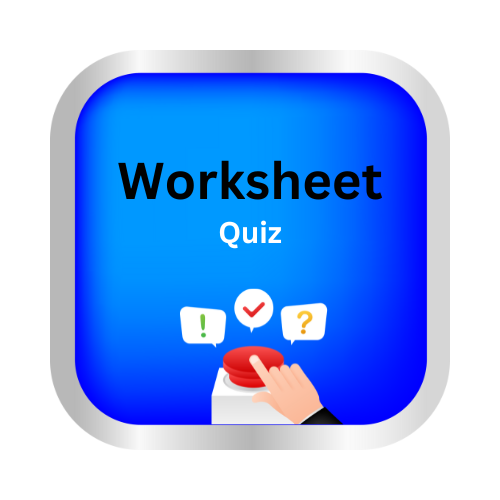Correct inappropriate shifts in verb tense
Key Notes:
| 🔑 What is Verb Tense? |
Verb tense tells us when an action happens:
- ⏳ Past: It already happened.
- ⏰ Present: It is happening now.
- 🚀 Future: It will happen later.
| 🔑 What is a Shift in Verb Tense? |
A shift happens when a writer changes tense for no reason.
- ❌ Example: She walked to school and is eating lunch.
- ✔️ Correct: She walked to school and ate lunch.
| 🔑 Why Avoid Shifts? |
- Shifts make writing confusing 😕.
- Keeping the same tense makes writing clear and smooth 📝✨.
| 🔑 When Can We Shift Tenses? |
✅ Shift only when the time changes in your story.
Example:
- ✔️ Yesterday, I played football. Today, I play basketball.
| 🔑 How to Correct Inappropriate Shifts? |
👉 Step 1: Find the verbs in the sentence. 🔍
👉 Step 2: Check if the actions happen in the same time frame. ⏰
👉 Step 3: Keep verbs in the same tense unless the time changes.
| 🔑 Examples 🎯 |
- ❌ He runs to the park and played football.
- ✔️ He runs to the park and plays football. (Present)
- ❌ We were watching a movie and she eats popcorn.
- ✔️ We were watching a movie and she was eating popcorn. (Past Continuous)
| 🌟 Quick Tips 🌟 |
- Stay consistent ➡️ Don’t jump between tenses!
- Look for time words (yesterday, today, tomorrow) ⏰ to guide tense choice.
- Always reread sentences to check for shifts 👀.
📌 Remember: Keep your tenses steady like a smooth road 🚗—no sudden bumps!
Let’s practice!🖊️

